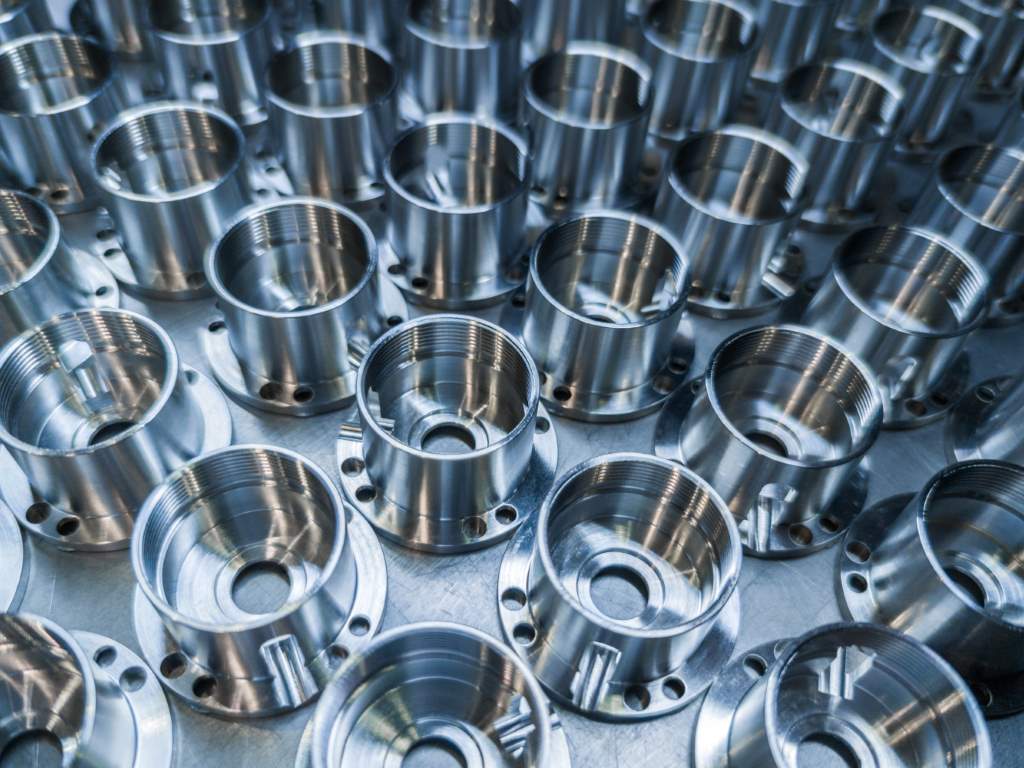Every cloud has a silver lining

There’s a lot of buzz around the Cloud, a key technology driving a new era of smart manufacturing. Some potential users have raised questions about the justifications for and security issues around adoption, but these can be easily addressed, writes Thomson Matthews, software product manager at Anca.
The Cloud computing megatrend has been hard to miss for consumers or businesses. Cloud-enabled platforms have transformed everything from transportation to accommodation, and helped create some of the world’s most valuable companies. As a matter of fact, 1.65 million business people rely on Cloud data day in and day out.
Adoption by enterprises has been swift. Technology research firm Gartner published a report in February predicting the pace of growth in public Cloud services would reach its peak this year at 18%, with a total value of $US 246.8 billion. Companies were pursuing Cloud strategies, said Gartner, due to the “multidimensional value of Cloud services, including values such as agility, scalability, cost benefits, innovation and business growth.”
In CNC machining and other types of manufacturing, the adoption of Cloud computing – collecting data from many devices at one point – will be transformative, allowing intelligent, autonomous decisions throughout supply chains. The Cloud is one of the ‘nine pillars’ making up Industry 4.0, and critical for the Internet of Things trend, which McKinsey predicts will create nearly $US 5 trillion in value in business-to-business settings annually by 2025.
The benefits
Networked production comes with a number of benefits. A connected bank of CNC grinding machines, with real-time analytics presented through a browser, enables operators to see which machine is doing what and where there might be bottlenecks.

Capacity can be optimised through floating works orders, enabling a company to get the most out of its investment and to juggle smartly.
With collected data we can use machine learning algorithms to analyse machine performance, learn when and how a machine will fail, and trigger preventive maintenance actions before failure occurs. Downtime can be minimised, with maintenance notification software (MNS)-based alerts telling an operator when there’s a problem and allowing them to intervene early. Predictive rather than reactive maintenance brings obvious benefits.
Cloud-based communications can help alleviate the burden by eliminating maintenance, IT workload, and some of the costlier internal infrastructure, including servers and storage systems. Manufacturers don’t have to worry about data backup in case of system failure and power consumption can also be cut.
Negative myths around Cloud computing
There are some enduring negative ideas that are inhibiting Cloud adoption in manufacturing.
Intellectual property security is high on this list. However, it is easy to get alerts in Cloud systems on potentially problematic activity based on behavioural analysis, for example if a worker is attempting a forbidden download from a machine.
Secondly, Cloud vendors provide data centre-grade security to customers. The credibility of a company like Amazon as a vendor depends on – amongst other things – the integrity of data security they can provide. There might also be concerns around viruses, though this should not be a problem where there are only outbound flows of data.
Another reservation might be around Cloud or vendor exit strategies. Both will be clearly covered in the terms and conditions when subscribing to a new service. Anca’s Cloud offering, for example, allows customers to export data at any time from on-premise to Cloud or vice-versa.
Many of the concerns around using IoT Cloud services have been seen previously in the world of Cloud-based mechanical computer-aided design (MCAD) software, and these have faded over time. Nowadays offering MCAD in the Cloud is pretty much essential for vendors, and it has driven benefits to customers including but not limited to performance, scalability, and cost.
The value of Cloud-based connectivity on the factory floor will continue to grow as the Industry 4.0 movement accelerates. Right now, users can immediately gain from better planning, based on informed decisions, based on data.
The EIU report mentioned above cites three waves of adoption for transformative technologies: first comes cost reduction. Then there’s doing what’s done now, better. The third wave, though is the most fascinating – the creation of unforeseen, wholly new opportunities that no-one planned for or expected.
Anca www.anca.com













